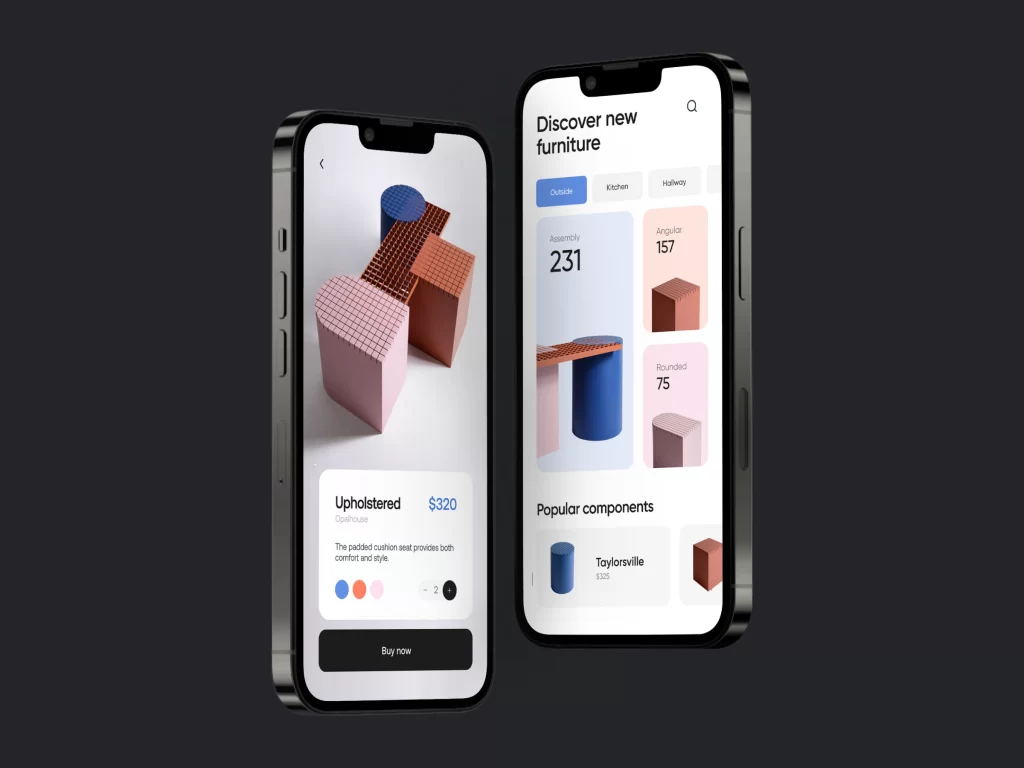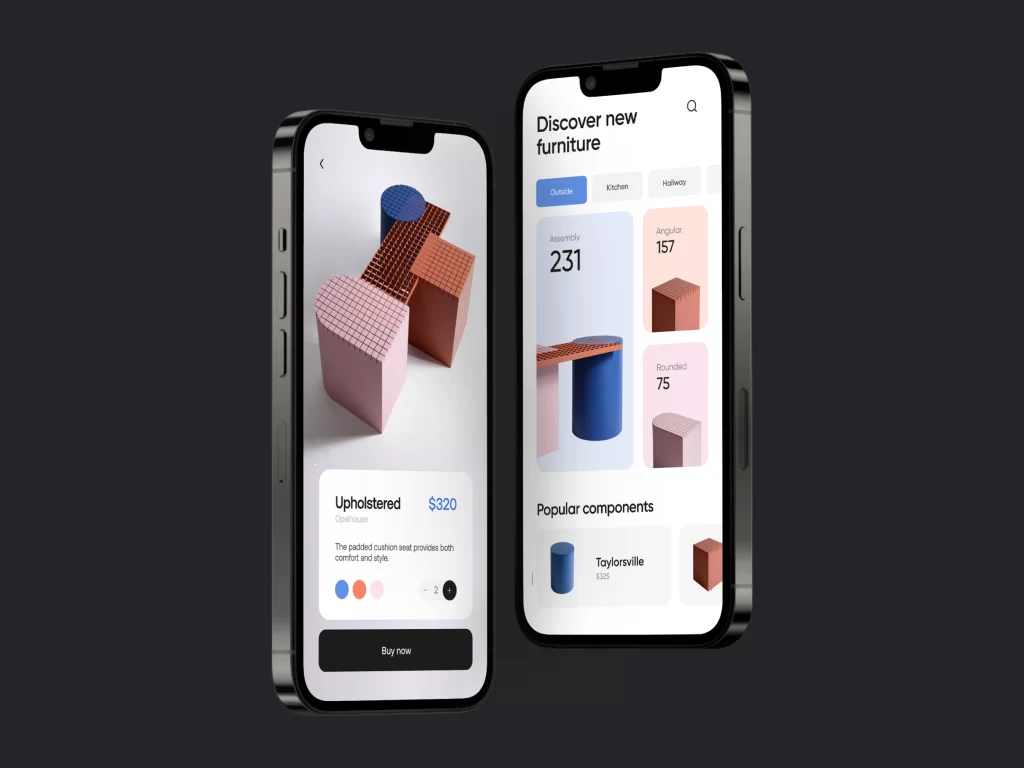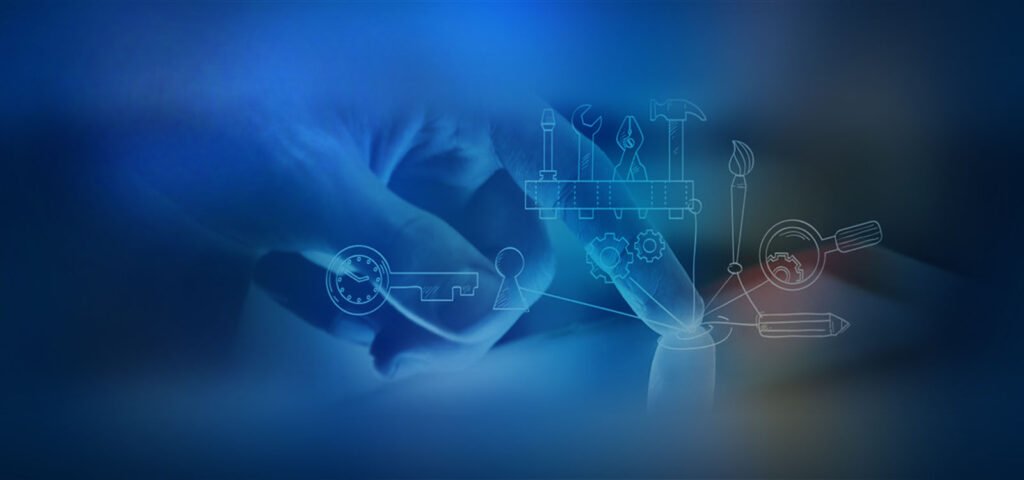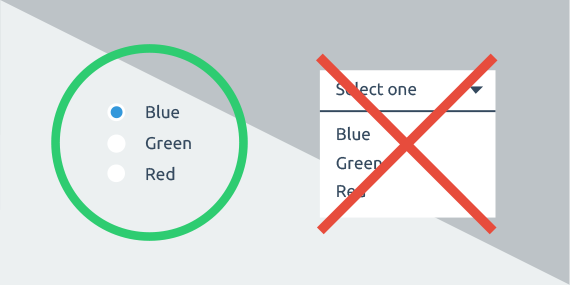Last Updated on September 19, 2023 by UX World

In today’s fast-paced and ever-changing digital landscape, user experience (UX) design has become integral to product development. With technology advancing at a breakneck pace, users expect seamless, intuitive, and aesthetically pleasing experiences from the products they use. As a result, it is essential for UX designers to stay up-to-date with innovative UI/UX design trends to meet these expectations.
Keeping up with the latest design trends is essential for UX designers to create compelling and engaging experiences that leave a lasting impression on users. By staying informed about the latest trends, designers can incorporate new techniques, styles, and technologies into their designs, making them more modern and attractive.
Examples of Innovative UI/UX Design Trends
Innovative UI/UX design trends are constantly evolving, driven by advancements in technology and changing user expectations. Let’s explore some of the most exciting trends that are redefining user experiences and shaping the future of UI/UX design in 2023.
1. Hover Effect for Product Disclosure
The hover effect for product disclosure is a popular UX trend because it helps improve the user experience by providing additional information or highlighting important details on UI, and hence grabs the user’s attention. A few examples are listed below.
- Tooltip: A tooltip is a UI element that displays additional information about another UI element or object when it is hovered on.
- Highlight: When a user hovers over a UI element or product, the product highlights in a way. For example, the UI element can become brighter or its border might change its color.
- Animation: An animated effect can be used to draw the user’s attention to a product disclosure.
- Expand/Collapse: When a user hovers over a product, it might expand to reveal additional information or collapse to hide information that’s not immediately relevant.
When designing a hover effect for product disclosure, it’s important to consider the user experience and ensure that the effect enhances the usability of the product. A well-designed hover effect can help users quickly find the information they need and make more informed purchasing decisions.
2. Sophisticated Scrolling
Sophisticated scrolling is a trend in UX design that involves creating a dynamic and engaging scrolling experience for users. Rather than simply scrolling up and down a page, sophisticated scrolling utilizes various effects, animations, and interactions to enhance the experience.
One example of sophisticated scrolling is parallax scrolling, which involves different elements on a page moving at different speeds as the user scrolls. This looks very appealing to users. Another example is scroll-triggered animation, where certain elements on a page animate or change as the user scrolls the page.
Sophisticated scrolling can also be used to create a seamless and intuitive navigation experience. For example, long-scrolling pages can be divided into sections that are easily navigable with a fixed menu that follows the user as they scroll.
The use of sophisticated scrolling in UX design has become increasingly popular in recent years due to its ability to create immersive and engaging experiences that keep users on a website or app for longer periods of time. However, it is important to use these techniques sparingly and thoughtfully, as excessive animations or effects can negatively impact the user experience by slowing down page load times or causing visual overload.
3. Minimalist Design
Minimalism is all about simplicity and clarity. It involves using a lesser number of design elements to create a clean, uncluttered, and easy-to-navigate interface. The focus is on creating a design that allows users to quickly find the information they need without distractions. Minimalist design typically features a lot of white space, simple typography, and a limited color palette.
The goal of minimalist design is to create an interface that is intuitive and easy to use, by removing any unnecessary elements that might confuse or distract users. This approach can be particularly effective in mobile and web design, where users may be interacting with a product on a small screen or in a fast-paced environment.
4. Micro-Interactions
Micro-interactions are a trend in UX design because they provide a more engaging and delightful experience for users. By adding small details and animations, designers can create a sense of personalization and playfulness in their products. These interactions also provide immediate feedback on user actions that help users better understand the product.
Some examples of micro-interactions include:
- A confirmation notification pops up when a user completes a task.
- A loading animation that appears while loading a page is in process.
- An animation that appears when the user hovers over a UI element.
- A sound effect that plays when a user performs an action.
5. 3D Elements
The use of 3D elements has become a popular trend in UX design. This trend involves adding 3D graphics and animations to your designs. Here are some reasons why 3D elements have become a trend in UX design:
- Increased realism: 3D elements provide a level of depth and realism that traditional 2D graphics cannot achieve. By incorporating 3D graphics, designers can create a more realistic representation of objects, environments, and interactions, which can help users better understand and engage with the content.
- Improved user engagement: It helps to create more interactive and engaging experiences for users. This can help users stay on the site longer, interact more with the content, and feel more connected to the brand or product.
- Improved visual appeal: 3D elements can make interfaces more visually appealing, creating a more memorable experience for users.
Conclusion
Innovative UI/UX design trends are reshaping the digital landscape and revolutionizing the way we engage with technology. From minimalist design and micro-interactions to immersive storytelling and emerging technologies, these trends are transforming user experiences and setting new standards for digital products.
As companies continue to prioritize user-centric design and invest in innovative UI/UX design, the future holds exciting possibilities. The role of user experiences in today’s digital landscape cannot be underestimated, as they have the power to differentiate brands, drive customer loyalty, and deliver business success.
So, as we move forward into the world of cutting-edge design, let’s embrace the innovative UI/UX design trends that are breaking the mold and redefining user experiences. By incorporating these trends into our design processes, we can create seamless, intuitive, and delightful experiences that captivate users’ attention and leave a lasting impression.
Want to Learn UX Design?
Try Interaction Design Foundation. IxDF offers online design courses that cover the entire spectrum of UX design, from foundational to advanced level. As a UX Design World reader, you get 25% off your first year of membership with the IxDF.
Thanks for reading.
Subscribe for more related articles at UX World.
If you have any questions, contact here: Facebook | YouTube | Twitter | Instagram | Linkedin



